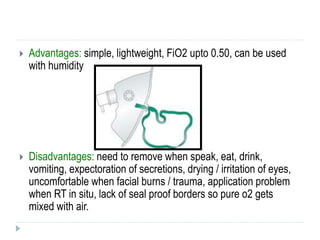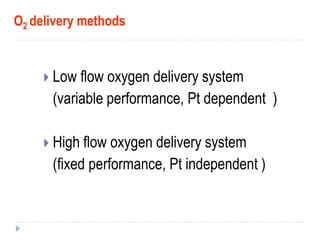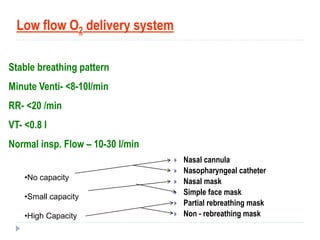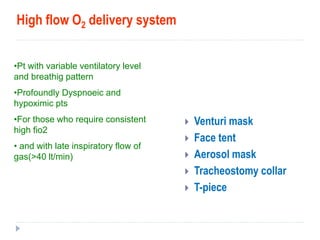oxygen delivery devices and flow rate ppt
6 to 10 LPM. High Flow Nasal Cannula.

Effect Of High Flow Nasal Cannula Oxygen Therapy On Pediatric Patients With Congenital Heart Disease In Procedural Sedation A Prospective Randomized Trial Journal Of Cardiothoracic And Vascular Anesthesia
200969111 Bailey P Thomsen GE Spuhler VJ et alCrit Care MedJan2007351139145.
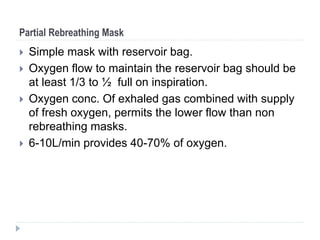
. This provides the patient with an oxygen concentration of nearly 100. A regulator is attached to the cylinders top and works like a tap allowing the safe adjustment of oxygen flow rate provided in Lmin 1. Atmospheric pressure in hyperbaric oxygen chambers or devices is.
The HFNC is an oxygen-delivery system that includes an airoxygen blender humidifier heater and nasal cannula to deliver precise and very high flow oxygen to your patient. Simple face mask. Low flow device Most common device used for mild hypoxia Can be set between 1 and 6 LPM 24 to 40 FiO2 FiO2 increases approximately 4 with each liter of O2 KorupoluR GJ Needham DMContemporary CriticalCare.
22 to 60 oxygen with appropriate oxygen flow rates of 05 to 2 Lminute. - Hyperbaric oxygen therapy HBOT devices are used for delivering pure oxygen 100 to tissues in the body under higher atmospheric pressure. 4- 10 lpm.
Where the total flow delivered to the patient meets or exceeds their Peak Inspiratory Flow Rate the FiO2 delivered to the patient will be accurate. Provides oxygen at low flow rates. They include Nasal cannulae.
This is most commonly used in post-anesthesia care units in patients recovering from anesthesia. Oxygen Delivery Devices Two Types. 5 - 8 LPM.
Flow rate 1-4Lmin 4L will dry the nose 2L is more comfortable. Oxygen is delivered through a 7 mm diameter oxygen tubing from oxygen source. Same as Salter with added benefit of providing higher flow rate and.
At flow rates slower than 6 Lmin the risk of rebreathing carbon dioxide increases. PARTIAL REBREATHER MASK A partial rebreather mask is used for oxygen therapy. Green adapter 35.
This means that inspired oxygen concentration is either more dependent on the patients peak inspiratory flow rate PIFR variable performance devices or less so fixed performance devices. These devices deliver a fixed inspired oxygen concentration to the patient independent of the PIFR. OXYGEN DELIVERY DEVICES Oxygen delivery devices fall into two main categories - low flow delivery systems or high flow delivery systems Bennett 2003Low flow delivery systems are also referred to as variable performance systems.
2 A simple face mask is a low-flow oxygen device. High flow systems are specific devices that deliver the patients entire ventilatory demand meeting or exceeding the patients Peak Inspiratory Flow Rate PIFR thereby providing an accurate FiO2. Choosing the Best Dual-Purpose Oxygen Concentrators - The market today is flooded with options and most devices offer similar feature sets and oxygen delivery capability.
With further increase in flow there is no further increase in FiO 2 Appropriate devices and flow rates should be used in order to achieve target range of oxygen saturation for the patient. Tube with a mask or nasal cannula. Partial rebreathing mask has a reservoir bag.
Ltd Gulf Coast Hyperbarics Inc. A simple face mask can deliver 35 to 60 oxygen with an appropriate flow rate of 6 to 10 Lminute. It varies from 0 15L per minute.
The maximum fraction of inspired oxygen FiO 2 provided by the nasal cannula is 044 at flow of 6 Lmin. Low flow o Nasal cannula 1-4 LPM Above 4 LMP requires addition of humidifier Delivers 24 to 36 oxygen High flow o Masks Simple Flow rates 6 LPM Delivers 35 to 50 Masks. Different oxygen flow rates result in a highly variable and unpredictable FiO 2 Rebreathing of CO 2 can occur with O 2 flow rates of less than 2 L O 2 lmin or if minute ventilation is very high 4 Lmin of oxygen flow delivers an FiO 2 of about 03504 providing there is.
When the tap is manually opened the oxygen takes the line of least resistance to the patient via an oxygen delivery device eg. Calculate total flow What is the total flow delivered on a 35 air entrainment device set at 6 lpm. 26 litres per minute LPM 2.
At trachea 24 - 50. This is always recommended for short-term use in patients with chronic lung disease for acute hypoxic breathlessness. A minimum of 6 Lminute of oxygen flow is needed 2to prevent rebreathing of exhaled carbon dioxide.
Hyperbaric Oxygen Therapy Devices Market 2015-2020 by Top Key Players- ETC BioMedical Systems Fink Engineering Pty. Devices such as OxLife Independence Philips SimplyGo Caire SeQual Eclipse 5 and DeVilbiss iGo are all world-class dual-purpose oxygen concentrators that offer a combination of quality and reliability. Oxygen delivery trucks X how full they are loaded X how fast they go DO2 138hgb X sat X CI pO2 X 0003 Entrainment ratios Flow Total Entrainment rate flow FiO2 ratio O2air Lmin Lmin 024 1-25 4 104 028 1-10 4 44 031 1-7 6 48 035 1-5 8 48 04 1-3 8 32 05 1-17 12 32 06 1-1 12 24 07 1-06 12 19.
The percentage of oxygen inspired depends on the flow rate and the delivery device. First calculate the O2 to air ratio 15 Determine flow per part O2 lpm 1 x 6 6 air lpm 5 x 6 30 Add both parts 6 lpm O2 30 lpm air 36 lpm total flow. Prolonged use of nasal cannula may lead to drying.
A pressure reading barometer displays the remaining oxygen. The flow rate can be set on the wall tap. O2 flow rateltrmin FiO2 5-6 40 6-7 50 7-8 60 It should be.
Air-entrainment masks also known as Venturi masks blue adapter 24. Page 1 Oxygen Delivery Devices theyre not what you think Page 2 Oxygen Delivery Devices theyre not what you think Indications for oxygen use Low ambient O 2 Hypoxemia Suspected hypoxemia Increased work-of-breathing Flaring Tachypnea Increased myocardial work Acute head injury Page 3 Oxygen Delivery Devices theyre not what you think Indications for. The Department of Pediatrics is committed to providing the best clinical care cutting-edge research and training opportunities for tomorrows pediatric leaders.
These systems deliver oxygen at a low flow rate and provide a variable oxygen concentration to the patient. A nonrebreather mask can deliver oxygen concentrations of 60 to 95 with flow rates from 10 to 15 Lmin. Delivery devices work with different flow rates.
For over a century faculty at Emory University have provided clinical care to children in Georgia.
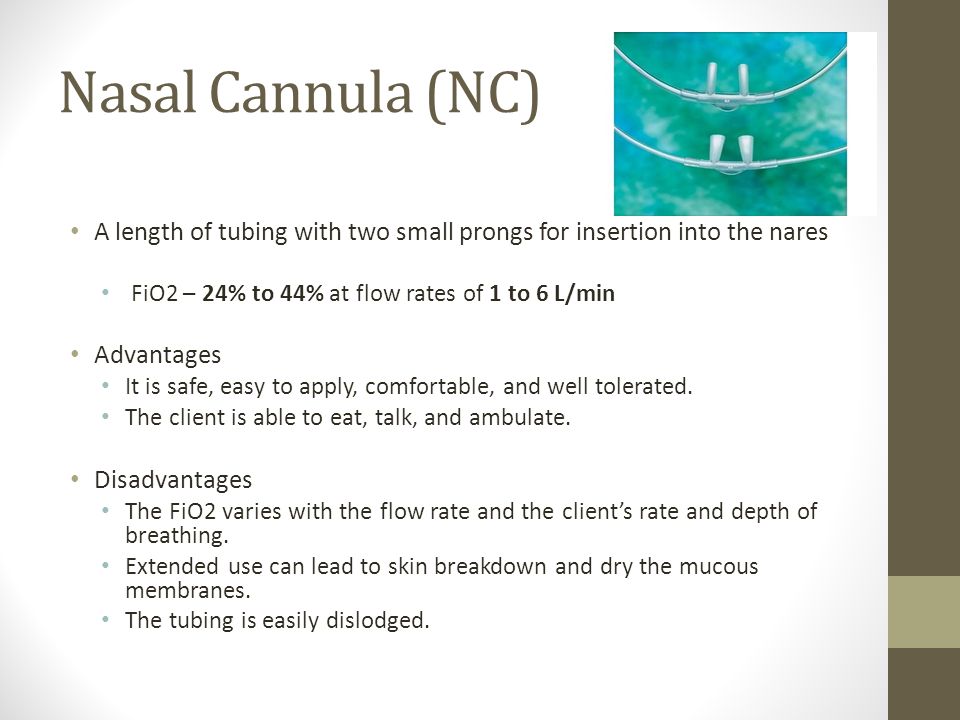
Oxygen Deliver Methods Ppt Video Online Download
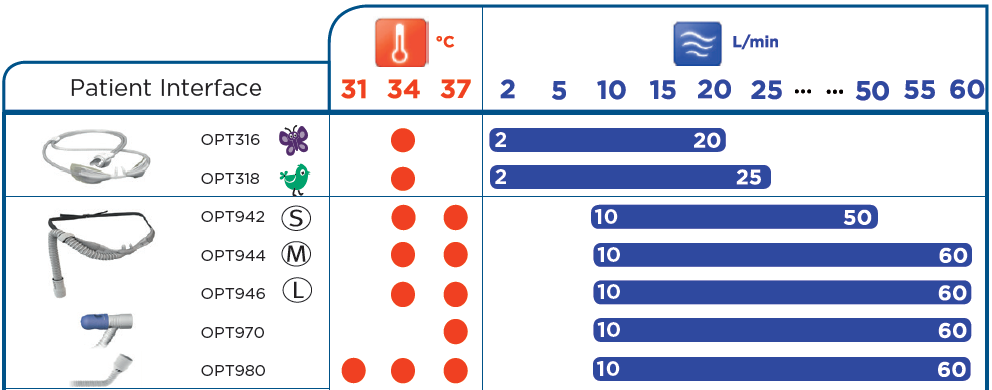
Clinical Guidelines Nursing Oxygen Delivery
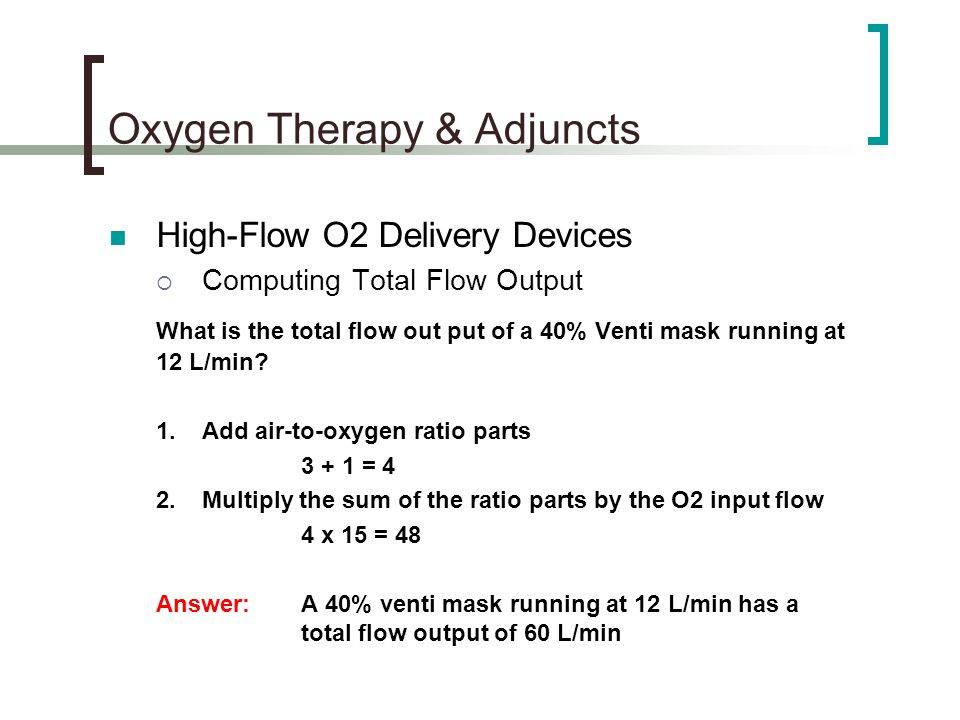
Oxygen Therapy Adjuncts Ppt Video Online Download

High Flow Nasal Cannula Versus Conventional Oxygen Therapy In Relieving Dyspnea In Emergency Palliative Patients With Do Not Intubate Status A Randomized Crossover Study Annals Of Emergency Medicine

High Flow Oxygen Therapy Ppt Video Online Download
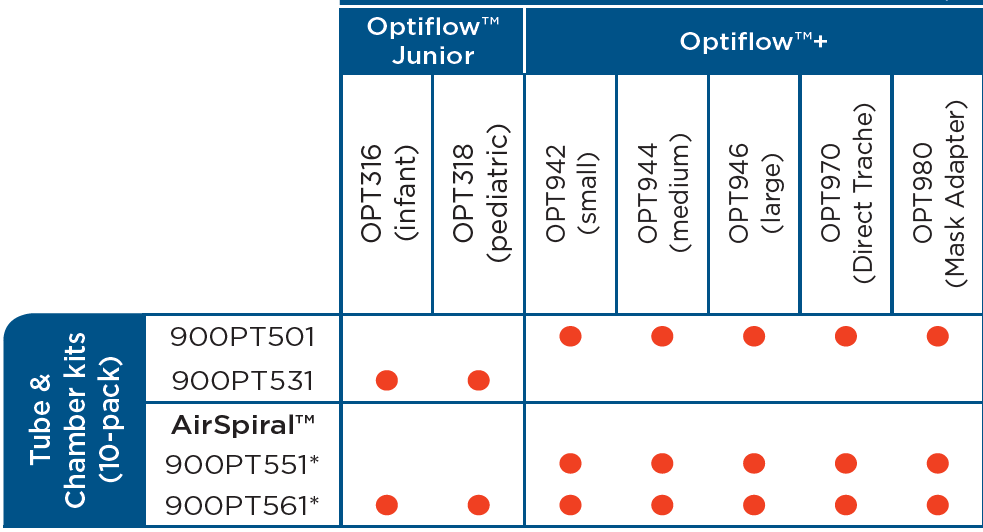
Clinical Guidelines Nursing Oxygen Delivery

How Does High Flow Nasal Cannula Hfnc Work Medmastery

Oxygen Carbon Dioxide Breathing And Hypoxia Ppt Download

Medical Math Calculating Oxygen Flow Rate Youtube
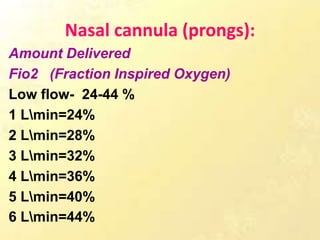
Oxygen Therapy Methods Of Oxygenation
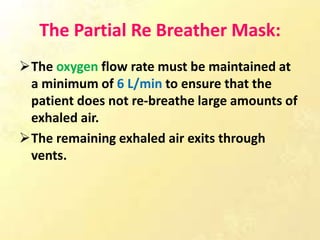
Oxygen Therapy Methods Of Oxygenation

Comparison Of Supplemental Oxygen Delivery By Continuous Versus Demand Based Flow Systems In Hypoxemic Copd Patients A Randomized Single Blinded Cross Over Study Respiratory Medicine

High Flow Noninvasive Ventilation And Awake Nonintubation Proning In Patients With Coronavirus Disease 2019 With Respiratory Failure Chest

